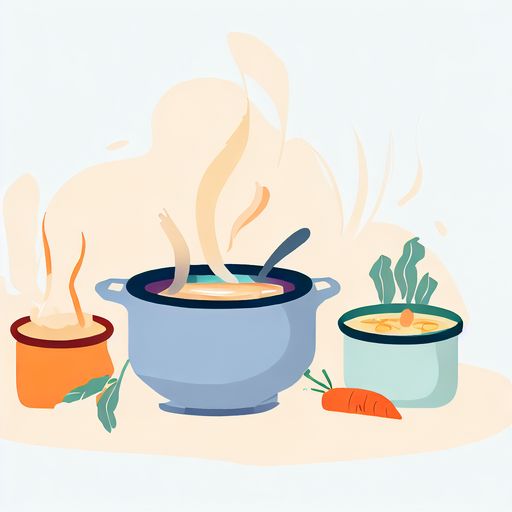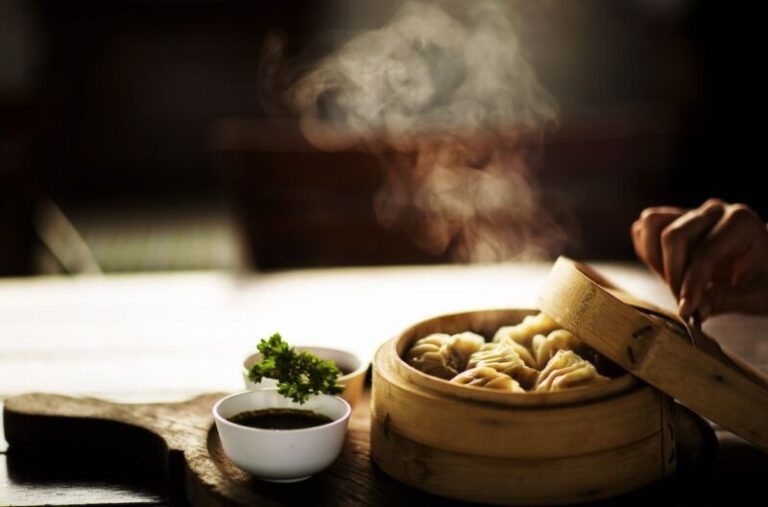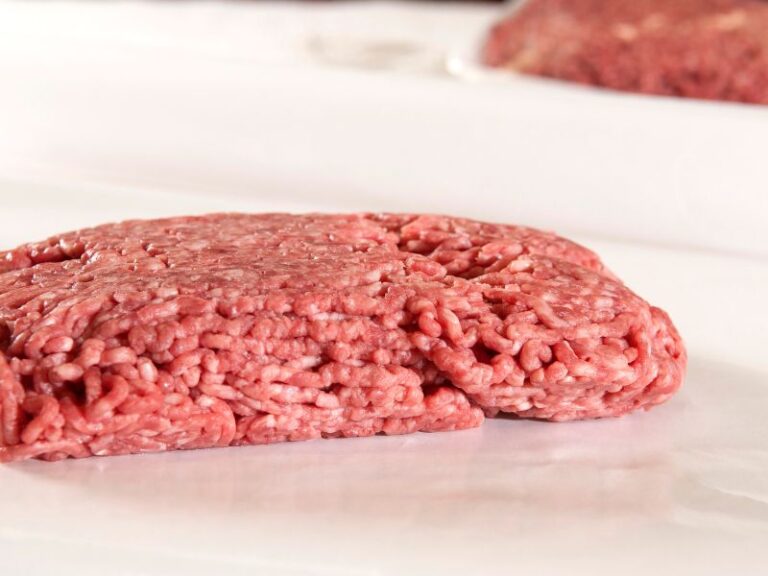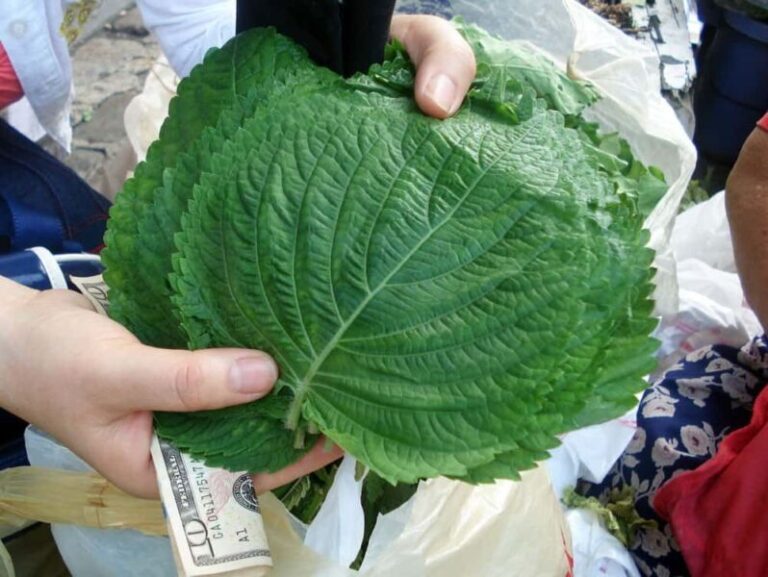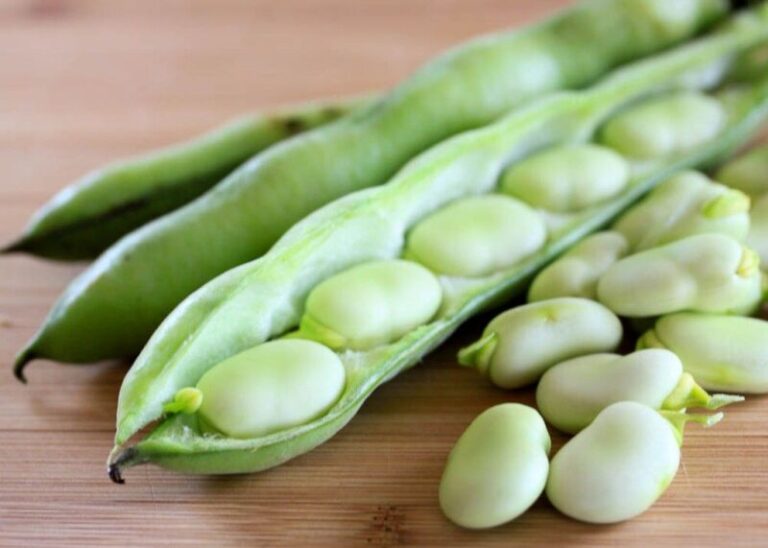Can You Simmer Soup For Too Long? (+How Long)
Simmering soups, stocks, and broths is an essential technique in cooking. The gentle bubbling of a simmer allows flavors to develop and meld together beautifully. But a common question arises – can you simmer soup or stock for too long?
The answer depends on several factors. Overly vigorous boiling can ruin a soup’s texture, but a gentle simmer for the right amount of time enhances flavors. Understanding the difference between boiling and simmering is key. While recipes provide cooking times, the ingredients used impact optimal simmering times as well. With experience, you’ll learn how to adjust simmering to achieve delicious soups and stocks.
The Risks of Simmering Soup for Too Long
Extended boiling can overcook ingredients, wrecking your soup’s texture and flavor. Here are some risks of simmering soup or stock too vigorously or for too long:
- Overcooking ingredients – Simmering too vigorously causes ingredients like meat, seafood, and vegetables to overcook, becoming tough, mushy or falling apart.
- Reducing the liquid too much – Excessive boiling lowers the soup’s liquid level, concentrating flavors to unpalatable levels.
For the best flavor, simmer soups at a gentle bubble for the recommended time. A good rule of thumb is simmering for 2-8 hours. Follow these tips:
- Use enough liquid – Adequate amounts of stock or water prevent burning and intense reduction.
- Add salt later – Salt only after simmering to avoid over-concentration as liquid reduces.
The Difference Between Boiling and Simmering
Recognizing the difference between a boiling and simmering pot is vital for soup success. Here’s what to know:
- Boiling means vigorous bubbling. The liquid is at a full rolling boil.
- Simmering happens just below the boiling point, with gentle bubbles periodically rising.
Extended simmering allows flavors to meld deliciously. Benefits include:
- Flavor development – Long, slow cooking fully develops complex flavors.
- Tenderizing – Simmering tenderizes tough cuts of meat and dried beans or peas.
Optimal simmer times vary by recipe. For example:
- Quick soups with tender ingredients may simmer for just 30 minutes.
- Hearty soups with meats or beans often simmer for 4-8 hours.
When starting out, follow recipe instructions closely. With experience, you’ll learn how different ingredients behave with simmering.
How Long Can Soup Be Simmered?
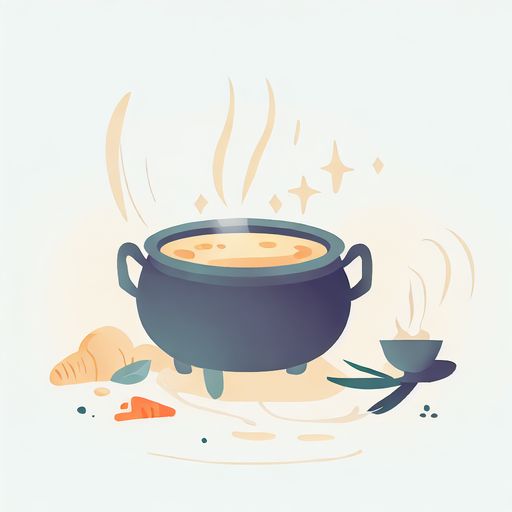
Many factors determine optimal simmer times. Some guidelines:
- Delicate ingredients like seafood, milk, or leafy greens require a shorter simmer of 30 minutes or less.
- Tough meats and dried legumes need hours of gentle simmering, typically 4-8 hours.
For beginners, trusted recipes provide safe simmering times. With practice, you’ll gain intuition for adjusting times based on the ingredients used.
Effects of Simmering Soup for Too Long
Simmering for too long damages textures and concentrates flavors unpleasantly. Watch for these effects:
- Tough, dry meat – Lean meats like chicken or shrimp toughen with excessive simmering.
- Mushy vegetables – Soft veggies like zucchini or spinach turn mushy and drab.
- Ruined texture – The soup loses its appealing thickness and becomes unpalatably slimy.
- Overly concentrated taste – Excess simmering makes flavors unpleasantly strong and salty.
- Burning – Ingredients scorch if liquid fully evaporates.
- Excess thickening – Water evaporates, causing too much thickening.
Prevent these issues by:
- Using enough liquid to start.
- Monitoring soup thickness and adding liquid as needed.
- Adding salt and seasonings toward the end.
Simmering Soup with Lid On or Off
Whether to simmer soup with the lid on or off depends on your goals:
- Lid on prevents evaporation, keeping flavors concentrated.
- Lid off allows liquid to evaporate, thickening the soup faster.
Keep a close eye on uncovered simmering soup to prevent burning. You can also thicken soup by:
- Simmering for longer periods with the lid on.
- Using starch-based thickeners like roux or corn starch.
- Puréeing a portion of the soup then adding it back.
- Adding pasta, grains or starchy vegetables like potatoes.
Simmering Stock
Stock needs simmering for optimal flavor extraction:
- At minimum, simmer stock for 40 minutes after adding bones/ingredients.
- For fuller flavor, simmer stock for 2-3 hours.
Use these tips for simmering stock:
- Roast bones first for brown stock. Use raw bones for milder white stock.
- Strain and cool stock before use. Discard solids.
- Use stock as a base for soups, simmering just until heated through.
When making soup with ready-made stock, focus simmering on developing the flavors of the other ingredients.
Conclusion
Simmering soup is an art that balances cooking times with ingredients used. Follow these tips for best results:
- Most soups can simmer for a few hours, or up to 8 hours in a slow cooker.
- Simmer stock for at least 40 minutes, or 2-3 hours for fullest flavor.
- Avoid over-concentrating and burning soup by monitoring thickness.
- Go easy on salt until late in simmering to prevent excess saltiness.
With practice, you’ll learn how different ingredients behave with simmering times. Please share any questions or insights on simmering soup in the comments!
